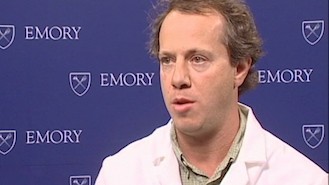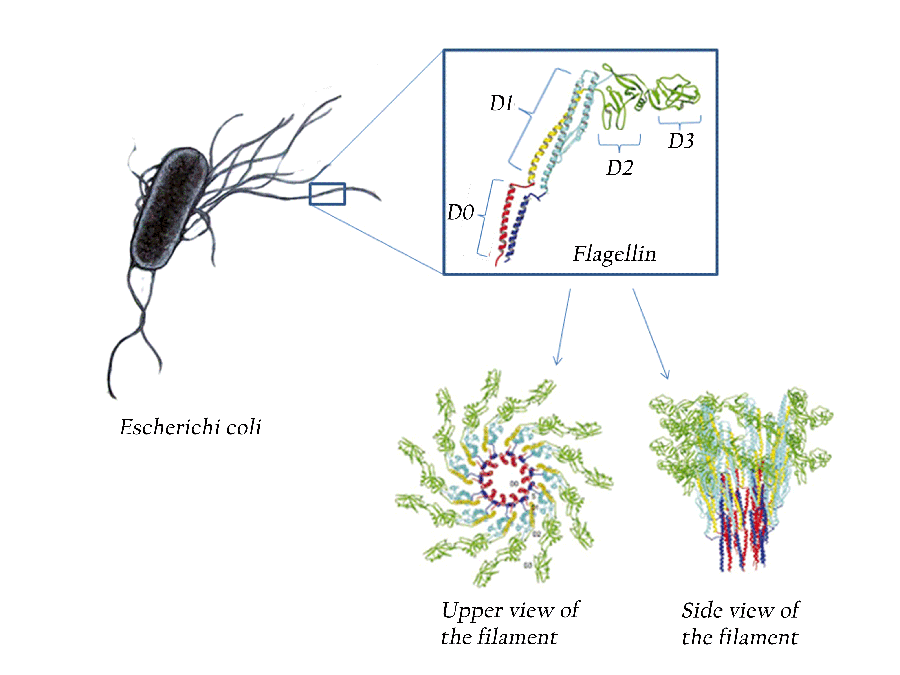Congratulations to Emory biochemists Brenda Calderon and Graeme Conn. Their recent Journal of Biological Chemistry paper on a shape-shfting RNA was selected as an Editor’s Pick and cited as a “joy to read… Technically, the work is first class, and the writing is clear.”
Calderon, a former BCDB graduate student and now postdoc, was profiled by JBC in August.

Brenda Calderon, PhD
Calderon and Conn’s JBC paper examines regulation of the enzyme OAS (oligoadenylate synthetase). OAS senses double-stranded RNA: the form that viral genetic material often takes. When activated, OAS makes a messenger molecule that drives internal innate immunity enzymes to degrade the viral material (see below).
OAS is in turn regulated by a non-coding RNA, called nc886. Non-coding means this RNA molecule is not carrying instructions for building a protein. Calderon and Conn show that nc886 takes two different shapes and only one of them activates OAS.
Conn says in a press release prepared by JBC that although nc886 is present in all human cells, it’s unknown how abundance of its two forms might change in response to infection. Read more







